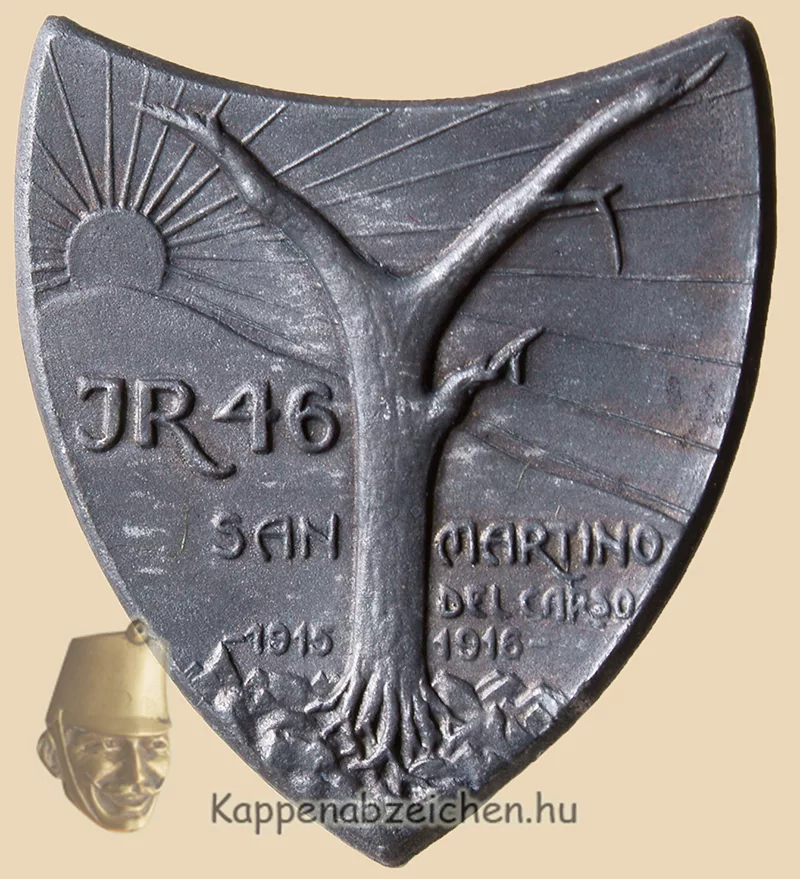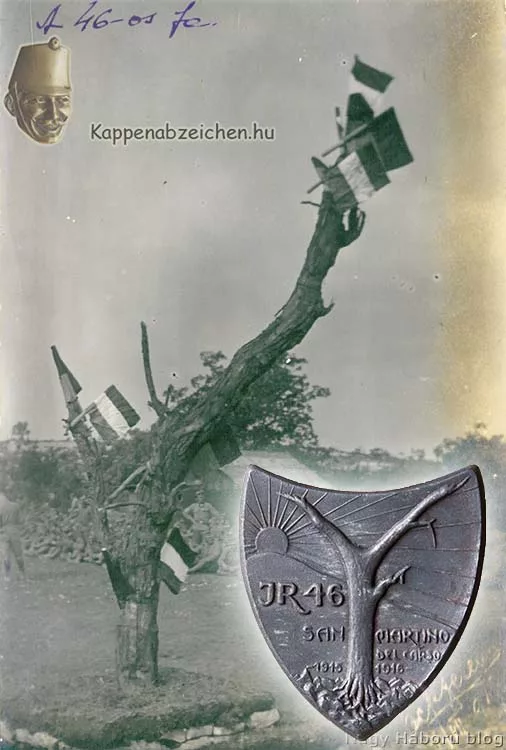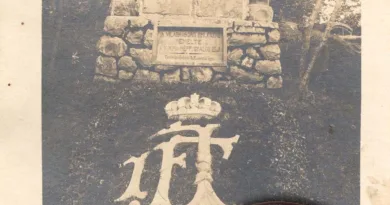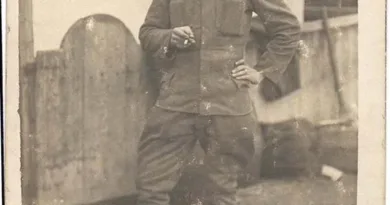San Martino: the tree of IR 46
The 46th Infantry Regiment was on the front line in the San Martino area in the summer of 1915. Italian mass attacks were often directed against this part of the position. The village lies at the foot of the slightly steep southern side of Mt San Michele, which dominates the northern part of the Karst. Here, from the lower reaches of the Isonzo, a road crosses to the Komen plateau in a west-east direction. On the northern side of the road, the front line was pushed bck over the village. The Italians reached the southern slopes of Mt San Michele. They advanced as far as the Temple Hill, located north of the village of San Martino.
This front section attracted the Italian attackers, since from there they could get into the rear of the defenders of Mt San Michele to the north. To the south, the troops defending the edge of the Karst were threatened with encirclement if Italians managed to break through here. The defense of the Temple Hill (altitude 197) was tasked to the 46th Infantry Regiment for a year from the summer of 1915. The fighting resulted in huge losses on both sides, but the location of the positions changed little.
A small chapel once stood on top of the hill, which of course was soon destroyed. The grove next to it was likawise destroyed. The artillery fire not only shaved the trees, but mostly uprooted them from the ground. Only one tree stood firm, a mulberry tree, which, although it was directly behind the defensive positions, remained standing. Before the positions were evacuated in August 1916, the tree, which had already died by then, was lifted out and ceremoniously transported to the Szeged Museum. It can still be seen there today. You can read more about the history of the tree here.

It is not surprising that the tree appears on the regiment’s commemorative badge, as does the name of the settlement where the tree is located, San Martino.




